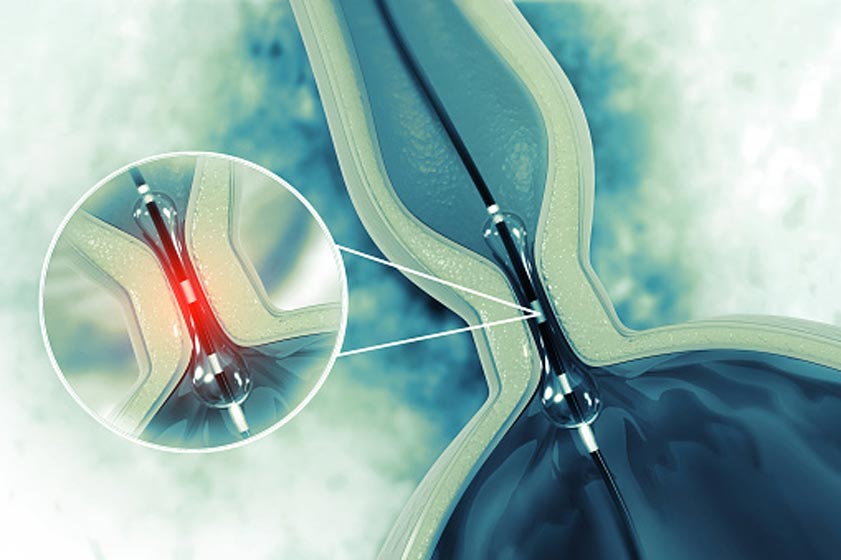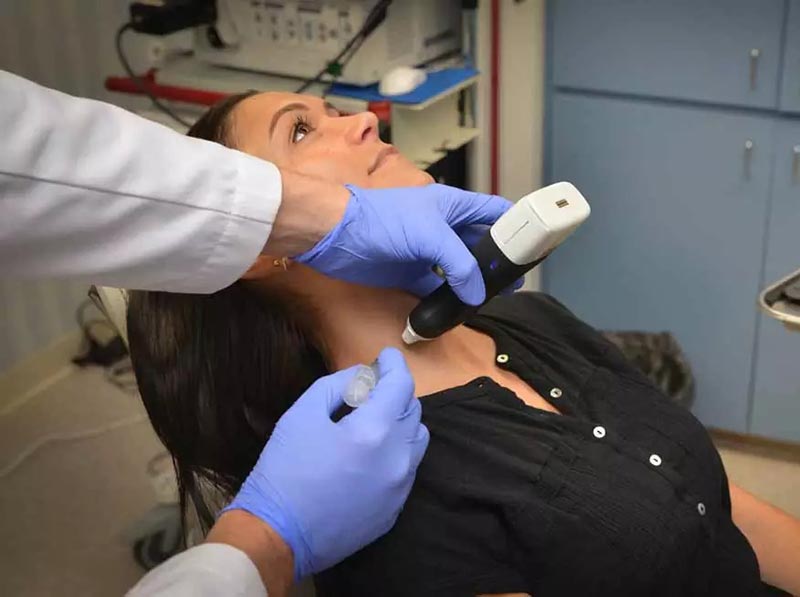Non Vascular Interventional
“Say Goodbye to Varicose Veins with Our Expert Treatment Solutions”
Non Vascular Interventional
“Say Goodbye to Varicose
Veins with Our Expert Treatment Solutions”
Veins with Our Expert Treatment Solutions”

Non Vascular Interventional
Non-vascular interventional procedures are a category of minimally invasive medical techniques that utilize imaging guidance to access and treat areas of the body that are not within the blood vessels. These procedures are commonly employed to address various conditions, including tumors, obstructions, and other irregularities in organs or tissues.
By utilizing advanced imaging technologies, such as ultrasound, computed tomography (CT), or magnetic resonance imaging (MRI), non-vascular interventional procedures allow physicians to accurately visualize the targeted area in real-time. This enables them to precisely guide specialized instruments, such as needles or catheters, to the site requiring treatment. The advantages of non-vascular interventional procedures are numerous. Patients often experience less pain, fewer complications, and a faster return to their normal daily activities.
FNAC / Biopsy
Fine Needle Aspiration Cytology (FNAC) or Biopsy is a diagnostic procedure commonly used to obtain tissue samples from suspicious or abnormal areas in the body. It is a minimally invasive technique that aids in the diagnosis of various conditions, including tumors, cysts, and infectious diseases.
During a biopsy, a small piece of tissue or cells is removed from the affected area using specialized instruments. The procedure can be performed through different techniques depending on the location and nature of the suspected abnormality.

Make an Appointment
Distal insertion
Distal insertion is a type of non-vascular interventional procedure that involves the placement of small devices or instruments into the distal part of the body, which is the part farthest from the center of the body. This can include the hands, feet, fingers, toes, and other areas.
Distal insertion procedures are often used to treat conditions such as nerve pain, joint pain, and other musculoskeletal conditions. They can also be used for diagnostic purposes, such as obtaining a biopsy of tissue in the distal area.
Some common distal insertion procedures include:
- Joint injections
- Nerve blocks
- Trigger point injections
